Kikuji Kawada
Endless Map
Jan 20 - Arp 10, 2021
PGI
-
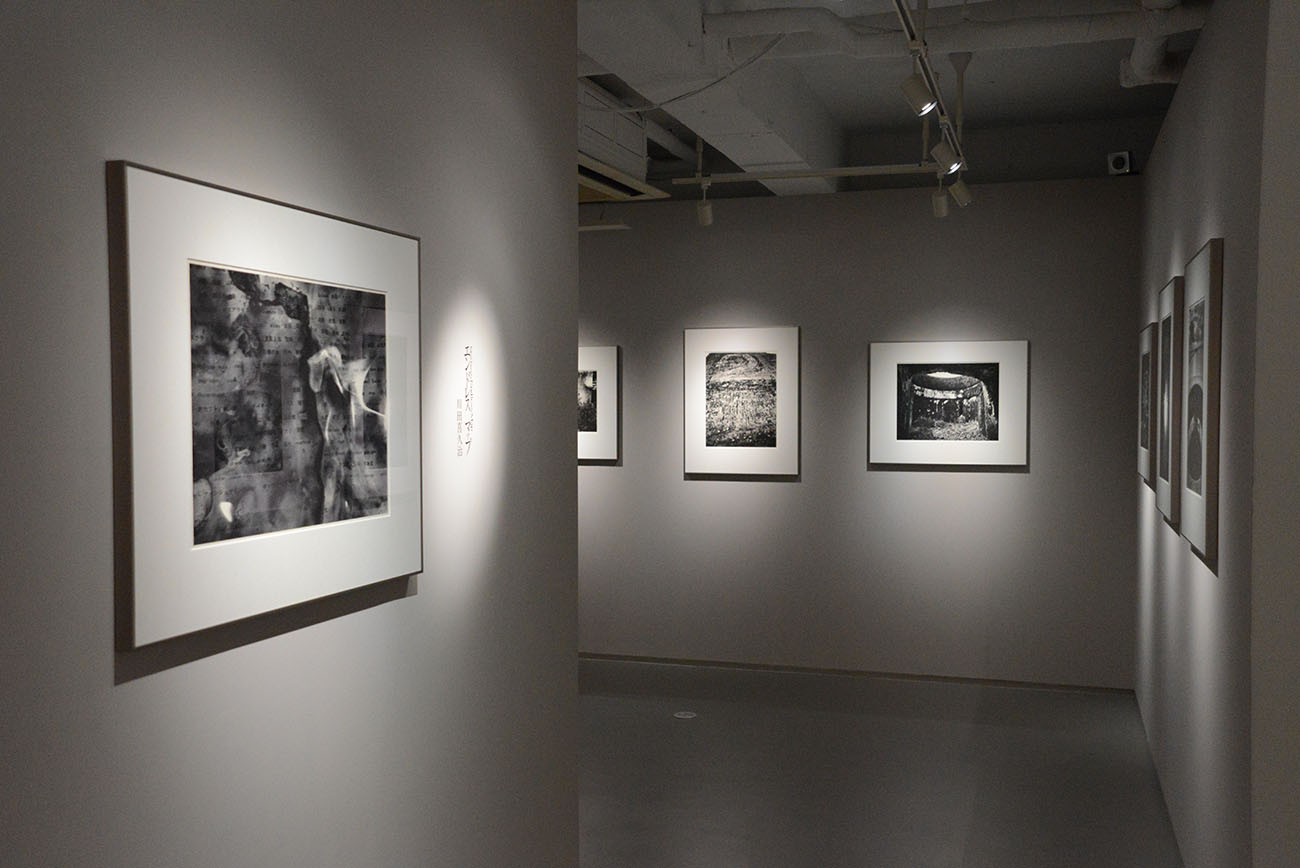
-
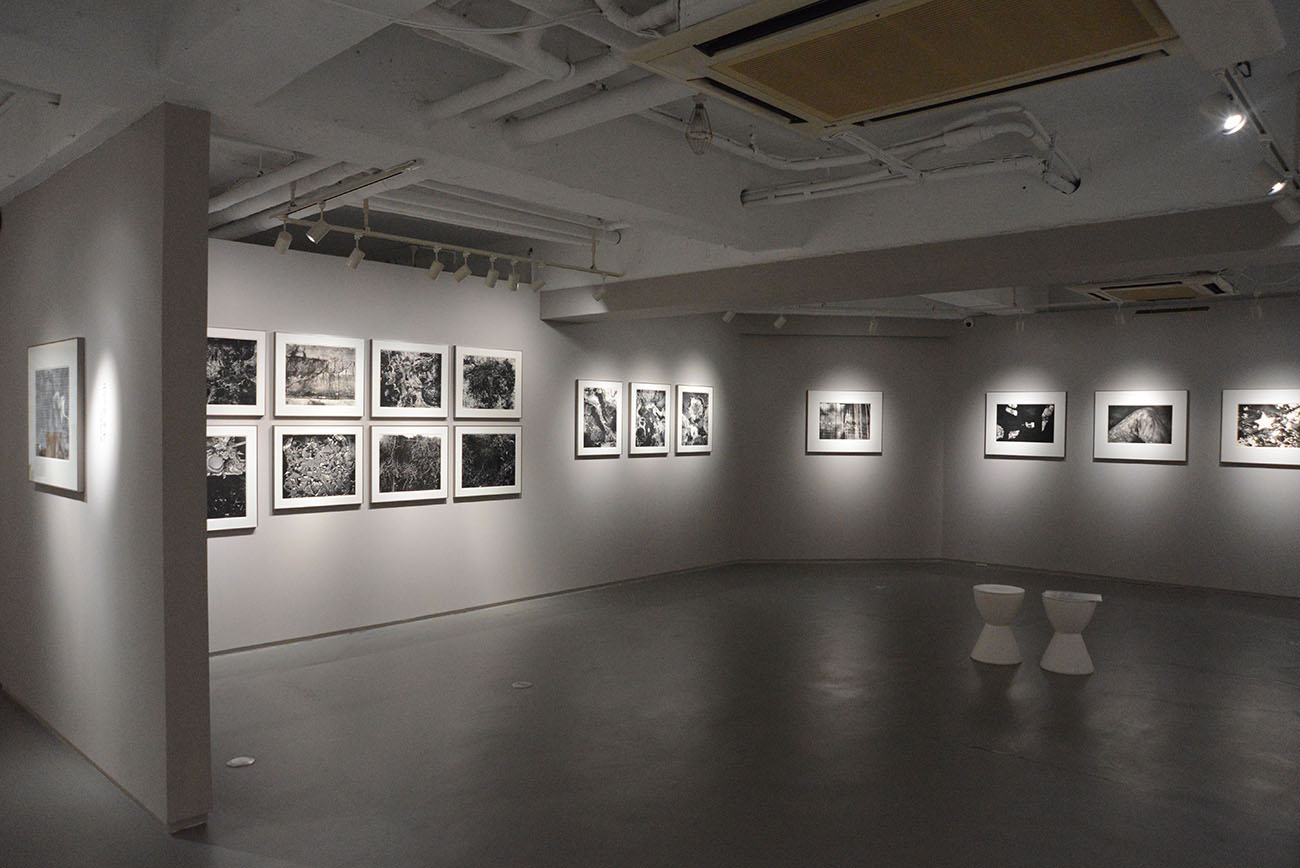
-
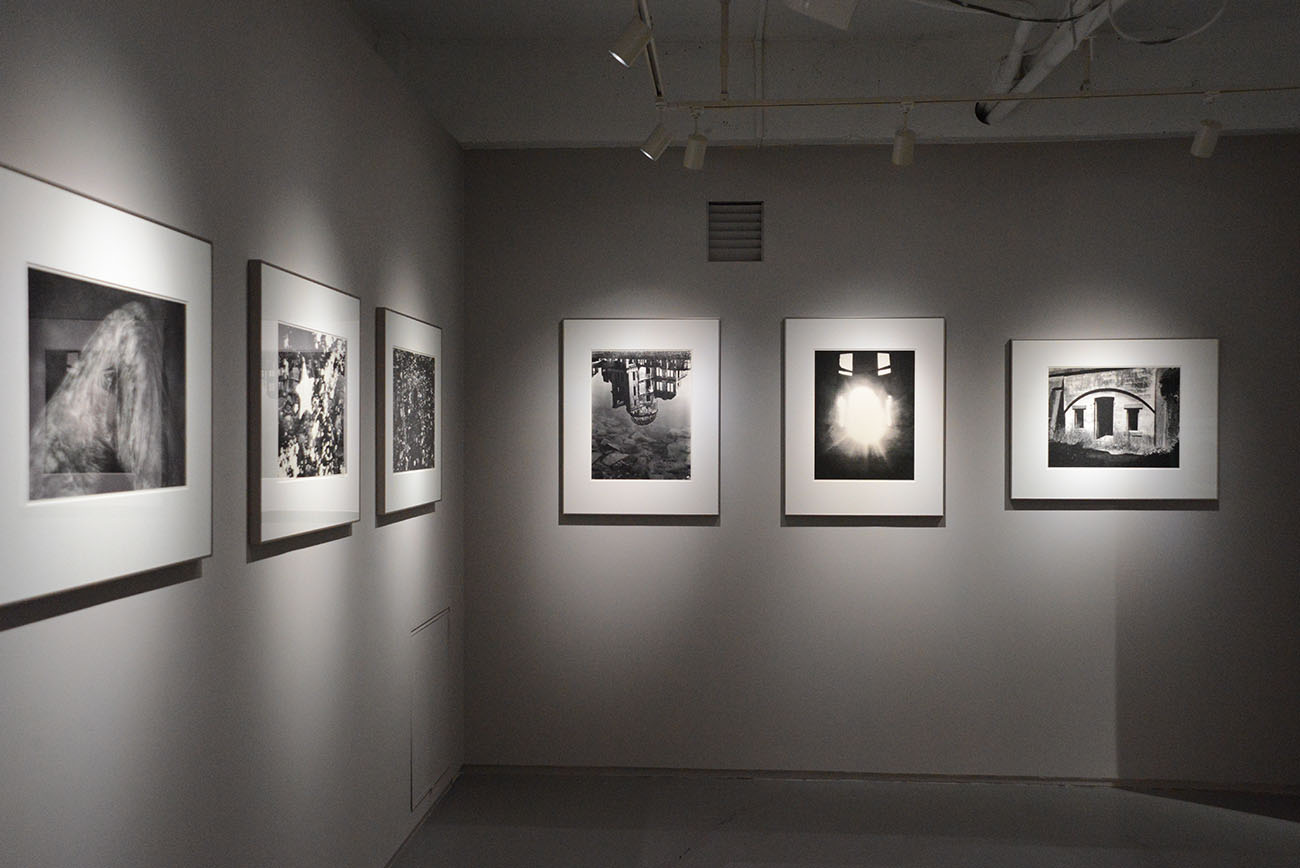
-
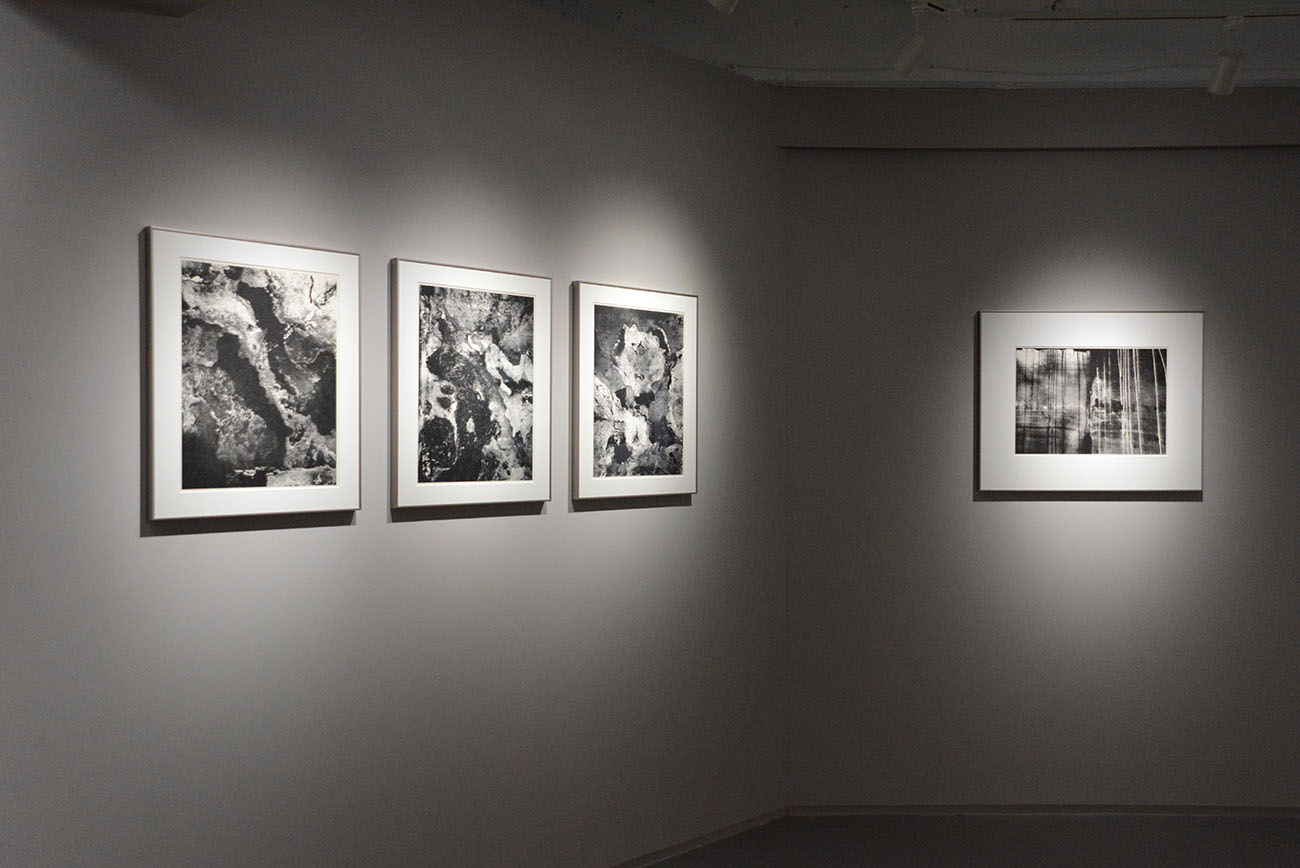
-
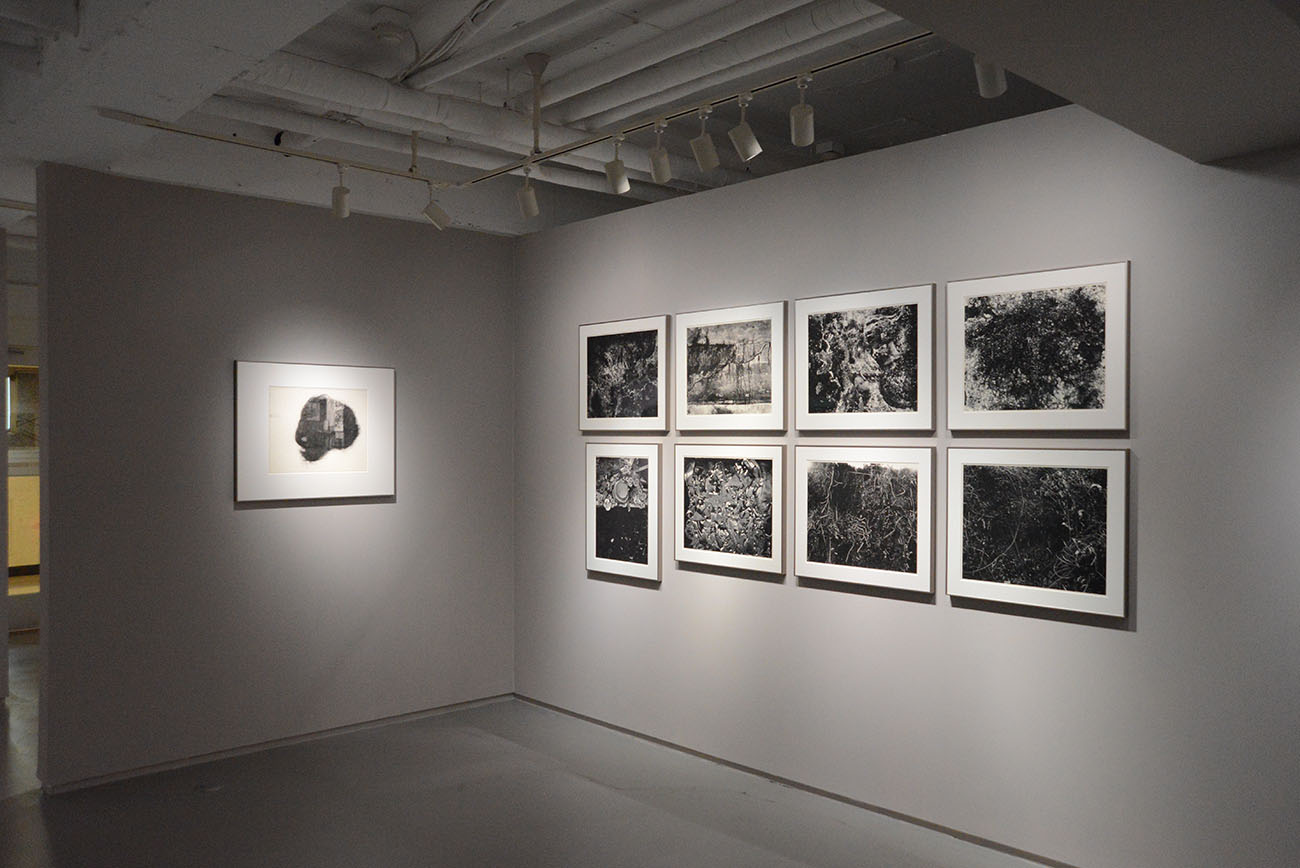
-
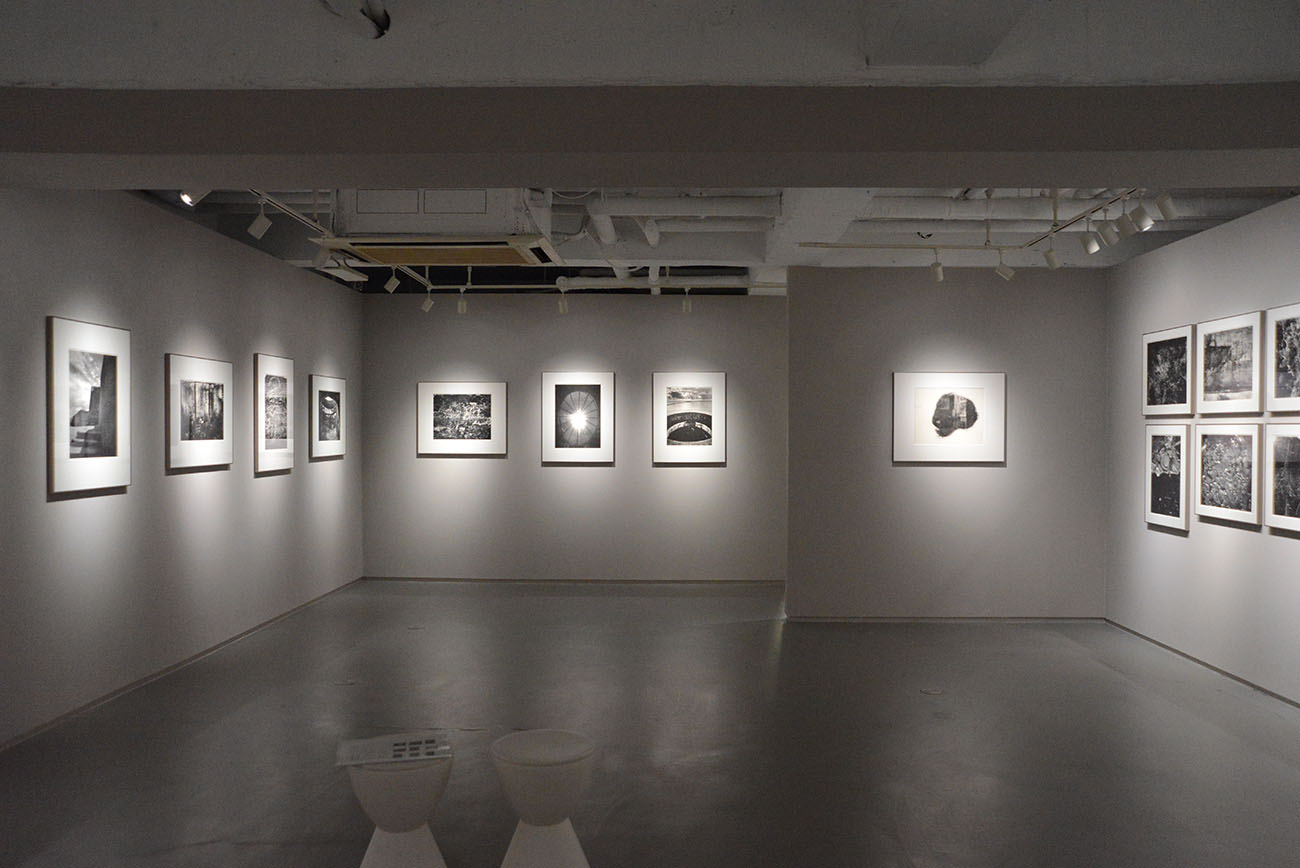
-
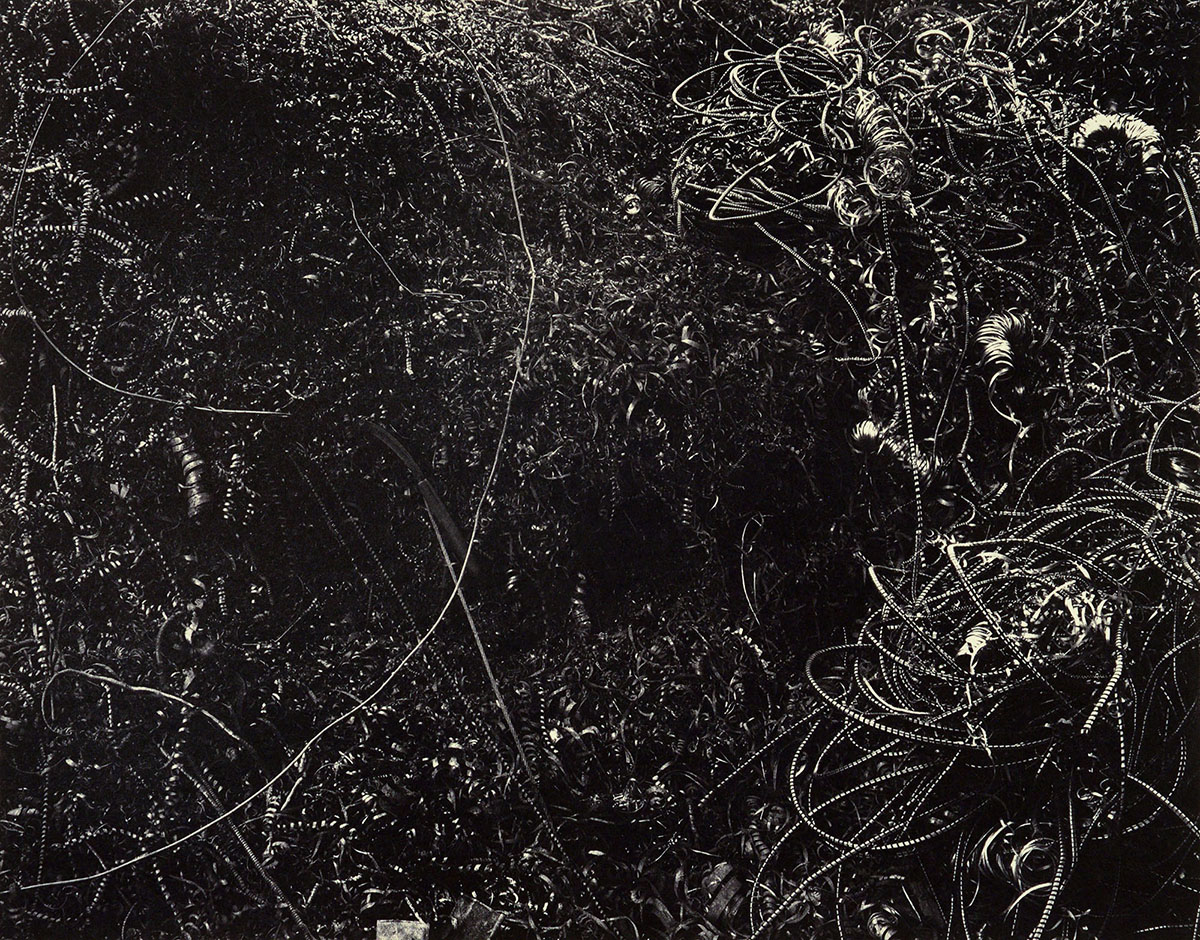
©Kikuji Kawada
-
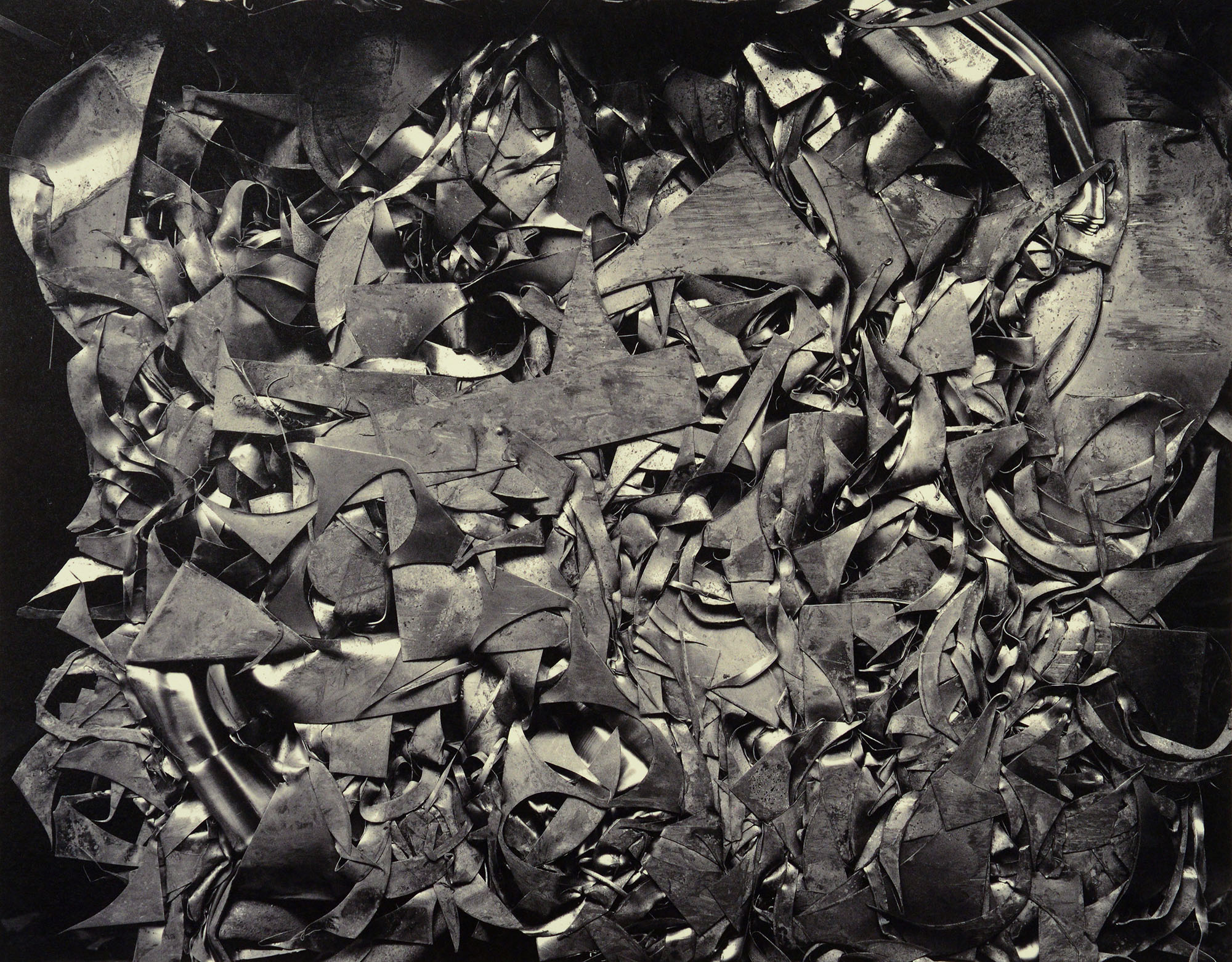
©Kikuji Kawada
-
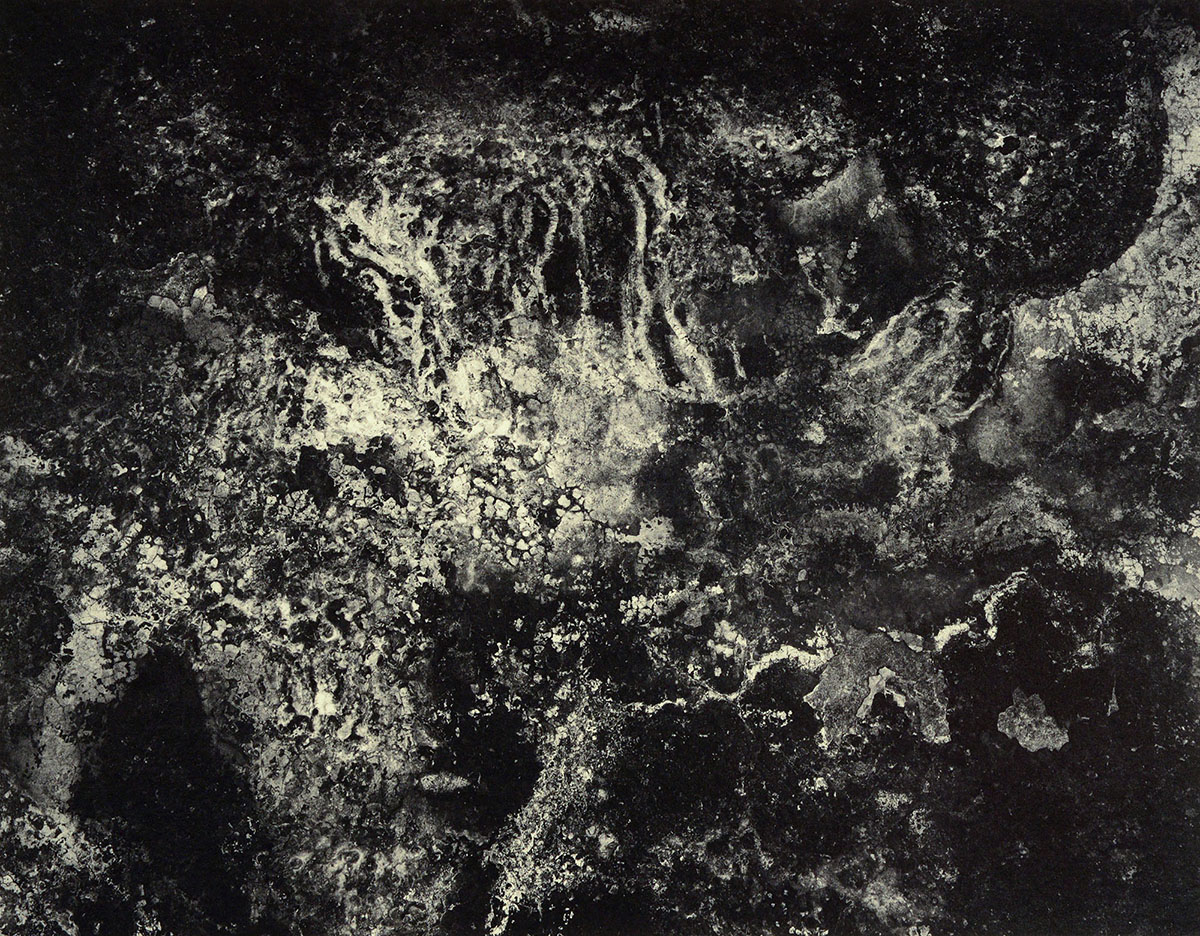
©Kikuji Kawada
-
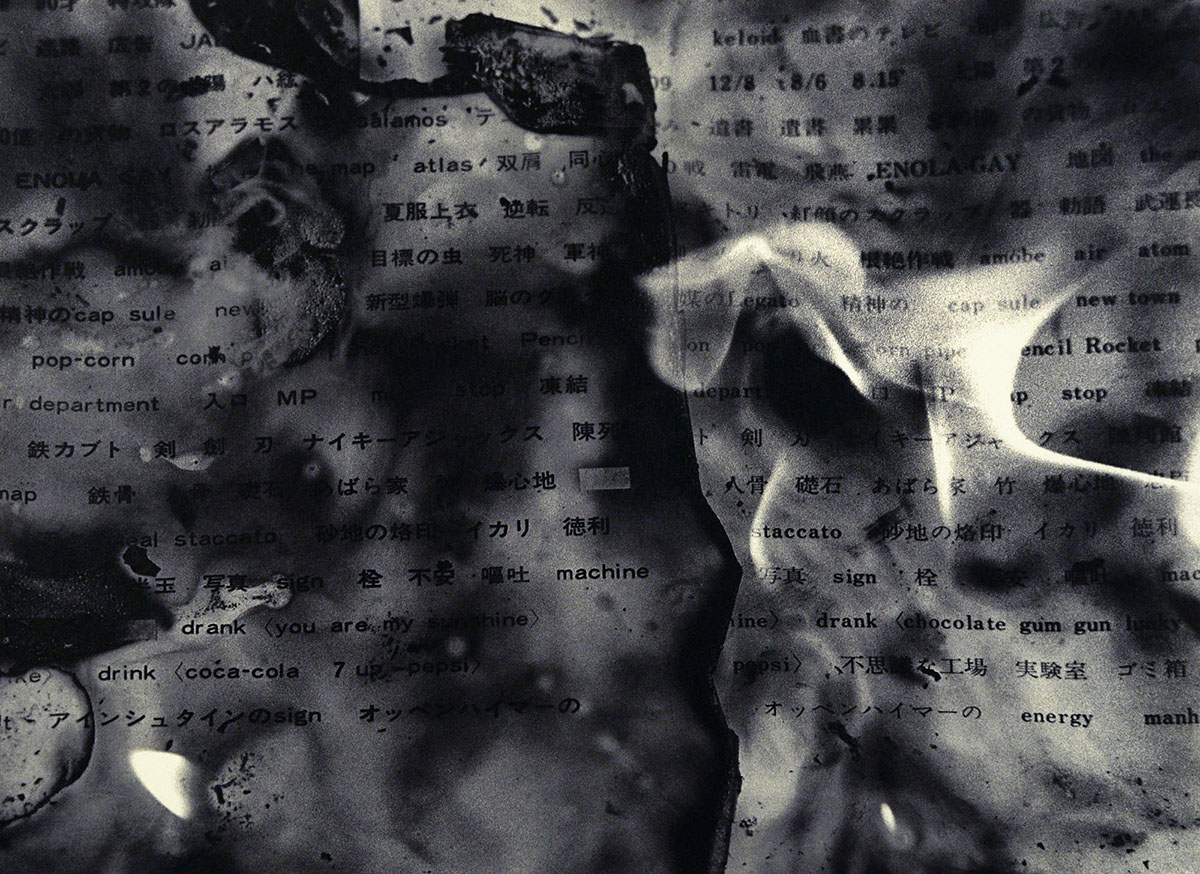
©Kikuji Kawada
-
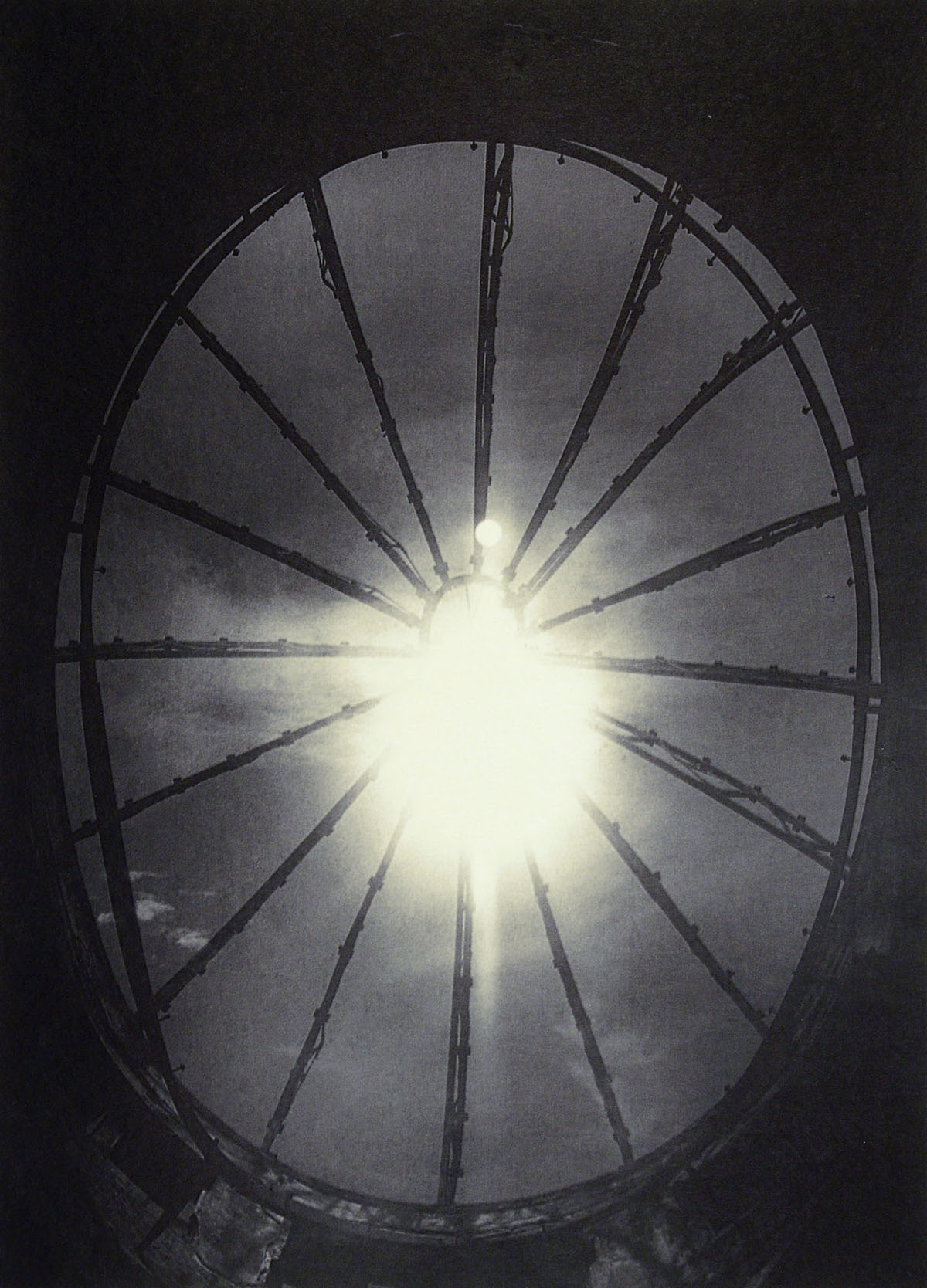
©Kikuji Kawada
-
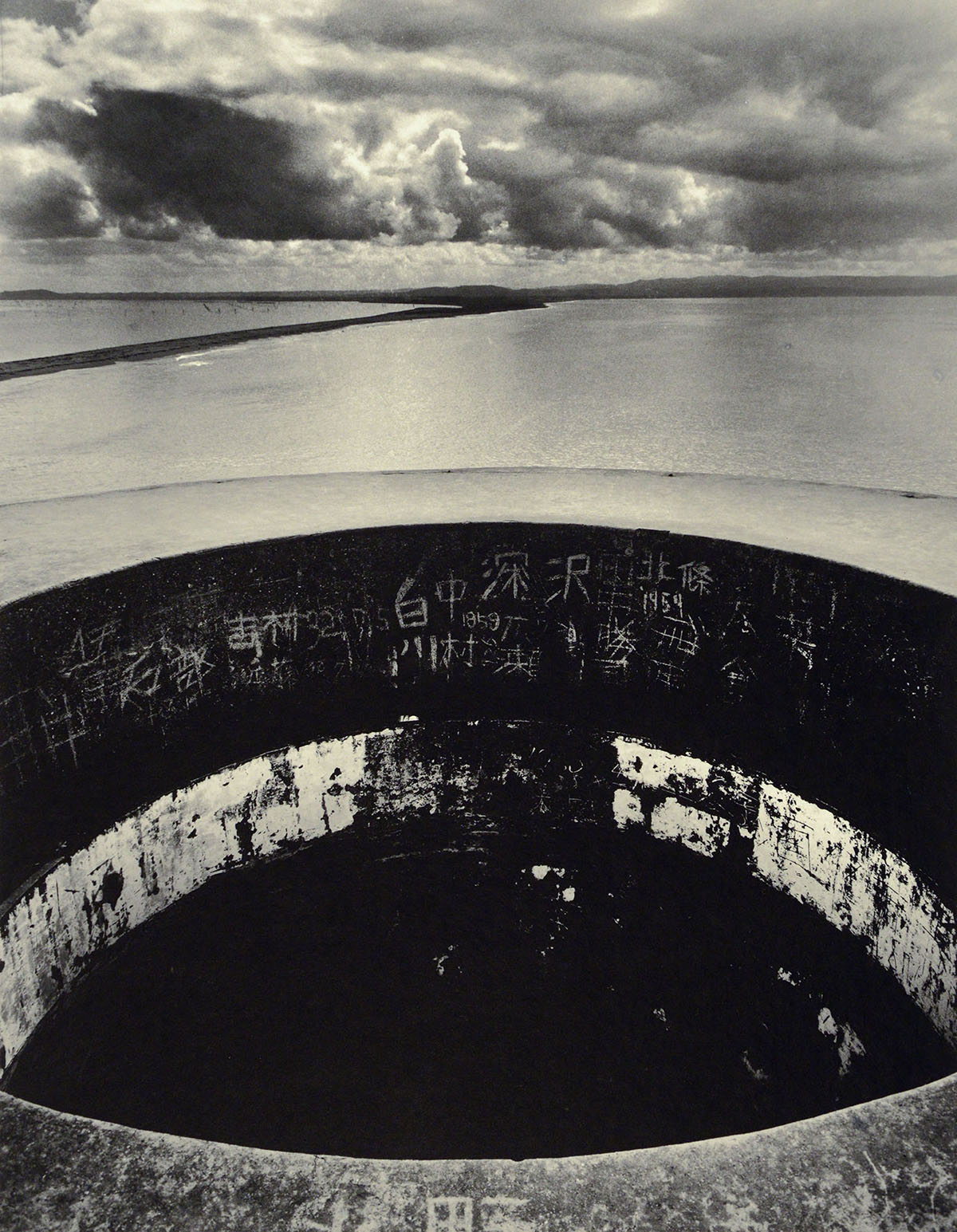
©Kikuji Kawada
Kikuji Kawada’s sixty-year career as a photographer began as a staff photographer for the newly founded weekly magazine Shukan Shincho in 1956. Since then, ambitious works like The Map (1965), a metaphor-riddled recollection of the second World War, Last Cosmology (1996), an apocalyptic documentary of uncanny astrometeorological conditions, and the series depicting urban phenomena Last Things (2016), have made him one of the most internationally acclaimed Japanese photographers of all time.
Kikuji Kawada’s debut photobook The Map created a sensation when it was published in 1965 and solidified his reputation as a photography icon. Kawada’s photographs of the stains spread across the interior surfaces of the A-Bomb Dome interspersed and juxtaposed with images of found objects indicative of economic growth document twenty years of postwar recovery.
The book was reissued by Getsuyosha and Nazraeli Press in 2005 with a new exterior, and again by Akio Nagasawa Publishing in 2014 as a facsimile reproduction of the 1965 original.
Prints from The Map were first displayed at the Fuji Photo Salon in 1961 and the New Japanese Photography exhibition at The Museum of Modern Art in 1974. Since then, selected works have been shown at various museums and galleries across the globe. Year 2014 saw the series reinvented as platinum prints mounted on folding-screens in Conflict, Time, Photography, an exhibition at Tate Modern, London, as they were presented along with gelatin silver prints of the entire series.
When platinum prints of The Map were shown in 2004, the nuances brought out by the process created an allegory different from the one told by gelatin silver. Upon realizing this, Kawada wrote in an essay titled The Illusion of the Stain, “A photograph sometimes captures things from beyond our reality. This new reality then works itself into the imagination as displaced illusory perceptions.”
Kawada has been making inkjet prints since 1998. Last year he began printing images from The Map on washi. The artist’s endless probing into the depths of his maiden work has turned up many surprises. Previously cropped images are shown in full-frame clarity. Details that were lost in the grains of silver halide are now laid bare by digital definition. This exhibition will feature approximately thirty such prints. Witness The Map as it’s never been seen.
An Allegory of Light and Time—2021
Kikuji Kawada
The Map, a monument to its century, resonates like the vestige of a great cloud, emitting the breath of life. From a once-rapturous, bewildered, and despondent domain, a plotless allegory of light and time now emerges.
The first darkroom prints from The Map were made on fragile lightweight paper nearly a half-century ago. Next came selenium-toned gelatin silver prints, followed by platinum-palladium prints (made by Masayuki Nishimaru) and pigment inkjet prints on baryta paper. Currently, I’m seduced by the possibilities of washi, on which I am making pigment prints. I’ve tried making them on three different inkjet printers since 2019.
The differing emotions and narratives brought out by the various printing processes left me stunned at times, with a trembling deep in my soul. Light and time, both touching upon allegory, began to proliferate in sync with my sympathetic heart. The eidolons within this allegory shift toward faceless riddle.
Since early 2020, Endless Map—spawned from the new experience of an era of global plague—seems to be acting as the harbinger of a sardonically grotesque future.
Oct. 20. 2020. Tokyo.
Born in Ibaraki Prefecture, Japan in 1933. Kawada co-founded the VIVO (1959-1961) photographic collective in 1959.
He was one of the fifteen artists selected for the “New Japanese Photography” exhibition at the Museum of Modern Art, New York in 1974.
Selected Recent One-Person Exhibition; ZENO – The Last Cosmology (PGI, 1996), Car Maniac (PGI, 1998), Eureka (PGI, 2001), Kikuji Kawada: Theatrum Mundi (Tokyo Metropolitan Museum of Photograph, Tokyo, 2003), The Map 1960-1965 (PGI, 2004), Kikuji Kawada: Eureka/ Multigraph (Shadai Gallery, Tokyo Polytechnic University, 2005), Invisible City (PGI 2006), ATLAS 1998-2006 (Epsite, Tokyo, 2006), Remote Past: Memoir 1951-1966 (PGI, 2008), World’s End (PGI, 2010), Nikko – A Parable (PGI, 2011), 2011-phenomena (PGI, 2013), The Last Cosmology (Michael Hoppen Gallery, London, 2014), The Last Cosmology (L. Parker Stephenson Photographs, NY, 2014), Last Things (PGI, 2016), Los Caprichos -Instagraphy- 2017 (PGI, 2018), Shadow in the Shadow (PGI, 2019), Le Rouge et le Noir (RICOH Imaging Square Tokyo, 2020) and numerous group exhibitions.
Collections: Museum of Modern Art New York, Museum of Fine Art Houston, Museum of Fine Art Boston, Tate Modern, SF Museum of Modern Art, The National Museum of Modern Art Tokyo, Tokyo Polytechnic University, Tokyo Metropolitan Museum of Photography.
Exhibitions at PGI
| Endless Map, 2021 |
| Shadow in the Shadow, 2019 |
| Los Caprichos – Instagraphy – 2017, 2018 |
| Last Things, 2016 |
| 2011 – phenomena, 2012 |
| NIKKO – A Parable, 2011 |
| World’s End 2008-2010, 2010 |
| Remembrance of a Remote Past – A Memoir 1951-1966, 2008 |
| Invisible City, 2006 |
| The Map 1960 – 1965, 2004 |
| Eureka, 2001 |
| CAR MANIAC, 1998 |
| ZENO – The Last Cosmology, 1996 |
| Los Caprichos 1970-1980, 1986 |
| Nude Museum, 1984 |